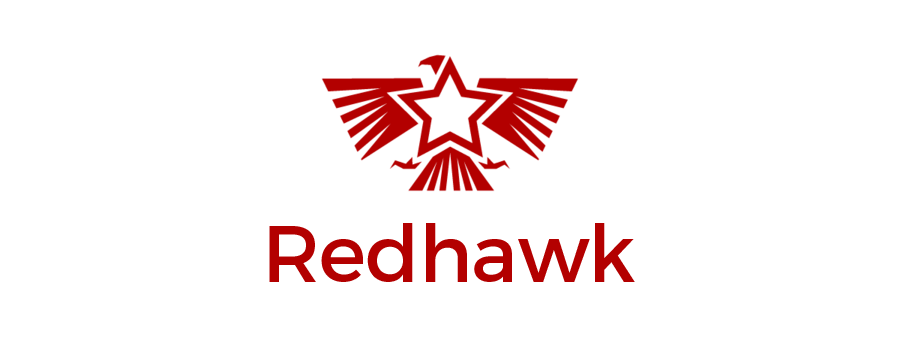Scaling at any cost has become a strategic roadmap for too many companies. Over the years, it seems this is the common playbook being run by high tech startups—especially if they’re VC backed. From certain perspectives and assuming certain motivations, that can be totally understandable. Your investors are looking for 10X or even 100X returns (however unrealistic that may be), and that only happens if the companies can quickly add ridiculous amounts of users, customers, or some other measure of market capture. The problem, of course, is that most companies have no idea how to do this and how to avoid the inevitable outcome—the company grows too fast, makes some unrecoverable mistakes, and becomes another Icarus-like cautionary tale of startup failure.
Incremental growth can be challenging enough without adding unnecessary velocity. At some point, you’ll get to the fork in the road between staying at your current size and scale or deciding to take steps to grow the business. Payroll is being met. Clients are happy. Bills are being paid on time. Customers are being acquired. It could be a logical conclusion that this is a perfectly satisfactory place to remain. Most entrepreneurs, however, are not happy with their current scale, size, or capabilities. They remain focused on growth forever.
Planning to scale a business isn’t difficult, but it requires some discipline. Using Marcus Lemonis’s Three Ps approach, we can break it into those categories.
People
Scaling your human capital and capabilities is foundational for successful growth. Consider the following:
- What jobs and tasks are the founders doing that need to be delegated? How will you prepare people to take on those responsibilities, and what resources will be required to do so?
- Do you have the right people in the right spots?
- Right Person + Wrong Spot = can you find a better spot/role/job for them?
- Wrong Person + Right Spot = how will you replace that person?
- Wrong Person + Wrong Spot = position eliminated
- Right Person + Right Spot = congrats!
- Whose job will be expanding or changing? How will you plan to support that change?
Product
Products don’t always scale easily.
- How will your production and logistics requirements change? Can you make more and deliver it as efficiency at scale as you previously have?
- Are there smaller product offerings that simply can’t scale with the rest of the product line? Do those products get eliminated?
- Any implementation/rollout/delivery issues created with additional product sales? How will you mitigate those issues?
- How will you preserve quality?
Process
This trips up more companies than anything else. Having processes that people can follow and execute autonomously is crucial.
- Are your processes documented and available for people to access/review/use?
- What processes can only be executed by specific individuals? What is the plan for eliminating that bottleneck?
- Are your processes current and are they still relevant at scale?
- Where are your processes likely to fail at scale and what could cause that failure? How will you try to futureproof those procedures?
This, of course, is only a partial list but cover the high points. I would say these are equally weighted and only working through one or two of these is not sufficient. Growth is exciting and is the fundamental point of having a business for most of us. Companies can grow exponentially and actually make less money than before that growth occurred if has been poorly planned.

